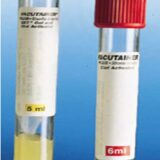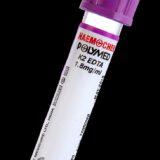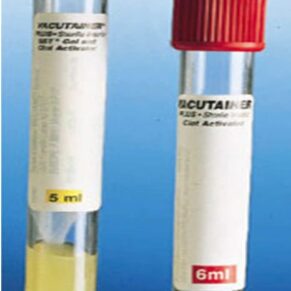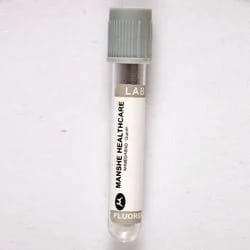- Your cart is empty
- Continue shopping
Shop
LACTATE PLASMA
To detect high levels of lactate in the blood, which may be an indication of lack of oxygen (hypoxia) or the presence of other conditions that cause excess production or insufficient clearing of lactate from the blood; this test is not meant to be used for screening for health status.
When To Get Tested?
When you have symptoms such as rapid breathing, nausea, and sweating that suggest a lack of oxygen or an abnormal blood pH (acid/base imbalance); when a healthcare practitioner suspects that you may be experiencing sepsis, shock, heart attack, severe congestive heart failure, kidney failure, or inadequately treated (uncontrolled) diabetes; when a health care practitioner suspects that you have inherited a rare metabolic or mitochondrial disorder; when you have symptoms of lactic acidosis such as sweet-smelling breath, belly pain, confusion or cool and clammy skin
Sample Required?
A blood sample is obtained by inserting a needle into a vein in the arm. Sometimes, an arterial sample is collected by inserting a needle into an artery. Occasionally, a sample of cerebrospinal fluid is collected from the spinal column during a procedure called a spinal tap.
Blood lactate levels will usually be drawn either without the use of a tourniquet or with a tourniquet that is not released during the blood draw. Tourniquet use and release and clenching of the fist can increase lactate levels in the blood sample.
Test Preparation Needed?
In general, no test preparation is needed. In some cases, a health care practitioner may request that you don’t exercise for several hours before the test or refrain from eating or drinking anything other than water for 8 to 10 hours prior to the test.
What is being tested?
Lactate is one of the substances produced by cells as the body turns food into energy (cell metabolism), with the highest level of production occurring in the muscles. Depending on pH, it is sometimes present in the form of lactic acid. However, with the neutral pH maintained by the body, most of it will be present in the blood in the form of lactate. This test measures the amount of lactate in the blood or, less commonly, in the cerebrospinal fluid (CSF).
Normally, the level of lactate in blood and CSF is low. Lactate is produced in excess by muscle cells, red blood cells, brain, and other tissues when there is insufficient oxygen at the cellular level or when the primary way of producing energy in the body’s cells is disrupted. Excess lactate can lead to lactic acidosis.
The principal means of producing energy within cells occurs in the mitochondria, tiny power stations inside most cells of the body. The mitochondria use glucose and oxygen to produce ATP (adenosine triphosphate), the body’s primary source of energy. This is called aerobic energy production.
Whenever cellular oxygen levels decrease and/or the mitochondria are not functioning properly, the body must turn to less efficient energy production to metabolize glucose and produce ATP. This is called anaerobic energy production and the primary byproduct is lactic acid, which is processed (metabolized) by the liver.
Lactic acid can accumulate in the body and blood when it is produced faster than the liver can break it down.
Excess lactate may indicate one or a combination of the following:
- Lack of oxygen (hypoxia)
- The presence of a condition that causes increased lactate production
- The presence of a condition that causes decreased clearance of lactate from the body
When lactic acid production increases significantly, the affected person is said to have hyperlactatemia, which can then progress to lactic acidosis as more lactic acid accumulates. The body can often compensate for the effects of hyperlactatemia, but lactic acidosis can be severe enough to disrupt a person’s acid/base (pH) balance and cause symptoms such as muscular weakness, rapid breathing, nausea, vomiting, sweating, and even coma.






Customer reviews
Reviews
There are no reviews yet.
Write a customer review